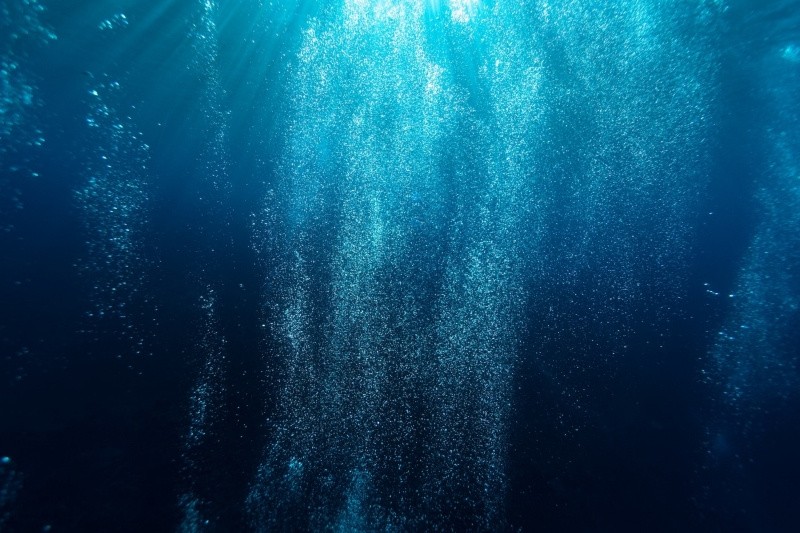
The Mariana Trench, known as the deepest place on Earth, holds secrets beyond our imagination.
Stretching nearly 11,000 meters at its lowest point on the Pacific Ocean floor, it is a world of cold, dark mysteries where life finds a way to persist - just look at these weird-looking creatures.
Scientists Find New Virus Deep Under the Ocean
However, something more terrifying has been found deep below.
A report shared by Phys.org tells us that marine virologists have recently unveiled an extraordinary revelation—a novel virus that resides 8,900 meters beneath the ocean's surface.
This newly discovered bacteriophage, named vB_HmeY_H4907, is rewriting the rules of virology and revealing profound insights into the hidden depths of our planet's oceans.
Bacteriophages, viruses that infect and replicate within bacteria, are ubiquitous on Earth. In fact, scientists estimate that for each star in the universe, there are at least 100 million viruses on our planet.
Yet, the bacteriophages in the Mariana Trench's sediments, thriving at unimaginable depths, offer a glimpse into an uncharted territory of viral diversity.
Leading this groundbreaking discovery is marine virologist Min Wang, Ph.D., from the Ocean University of China in Qingdao. "To our best knowledge, this is the deepest known isolated phage in the global ocean," Dr. Wang remarks.
A Closer Look
What makes vB_HmeY_H4907 particularly fascinating is its ability to infect halophilic bacteria, which thrive in environments with high salt concentrations.
Interesting Engineering tells us that these bacteria, belonging to the genus Halomonas, are commonly found near hydrothermal vents, geyser-like openings on the seafloor that release streams of heated water. Such extreme environments are fertile ground for microbial intrigue.
This discovery is not the first of its kind in the Mariana Trench. In 2022, a separate team of scientists isolated a virus called HMP1 from the hadal region of the trench, found at depths ranging from 6,000 to 11,000 meters.
However, what sets vB_HmeY_H4907 apart is its suggestion of a previously unknown viral family dwelling in the ocean's depths.
Read Also : Biological Annihilation Era: Study Reveals Human Activities Speed Up Extinction of Animal Species
Genomic Analysis
The genomic analysis of vB_HmeY_H4907 has uncovered several key aspects of this bacteriophage.
Unlike many other phage species, it is lysogenic, invading and replicating inside its host without killing the bacterial cell.
Instead, as the cell divides, the viral genetic material is copied and passed on—a process that raises intriguing questions about the co-evolution of viruses and their hosts in the ocean's most remote corners.
Dr. Wang and his team have also found that vB_HmeY_H4907 is distributed widely across the ocean and remarkably resembles the structure of its Halomonas host.
This structural similarity hints at a long history of coexistence in the dark and frigid depths of the Mariana Trench, where survival strategies have evolved in tandem.
Their research extends into understanding the intricate molecular machinery that drives interactions between deep-sea viruses and their hosts.
As Dr. Wang puts it, "Wherever there's life, you can bet there are regulators at work," and these regulators include viruses, which play essential roles in these extreme ecosystems.
Stay posted here at Tech Times.
Related Article : This Genetically Engineered Bacteria Can Degrade Plastics-Can It Clean Our Oceans?

ⓒ 2025 TECHTIMES.com All rights reserved. Do not reproduce without permission.




